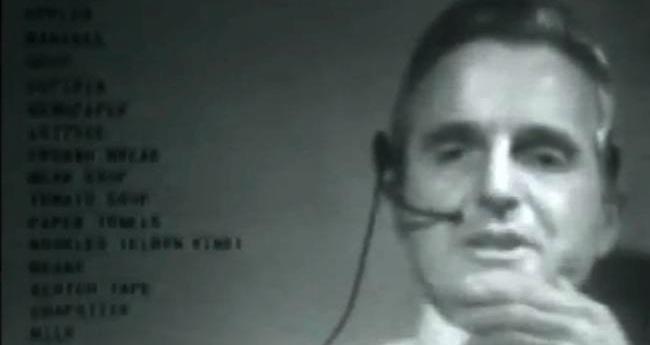
Douglas Engelbart died at his home in California on July 3. He was 88 years of age. Engelbart may be best known as the inventor of the computer mouse — initially called “the bug,” what we now know as a mouse was a clunky wooden box with wheels — but Engelbart’s influence on modern computing was much more profound. He was one of the first people to realize the massive impact computing would have on modern society, and he opened the doors to the graphical user interfaces, hypertext, and online collaboration — what we would call the Internet today.

In 1945, Engelbart was stationed in the Philippines as a radar technician when he read Vannevar Bush’s famous article “As We May Think,” which posited the idea of the “memex,” a kind of collective memory system that would make information and knowledge more accessible. Engelbart eventually made the concept his life’s work, leading him to a position at SRI where he received funding to create the Augmentation Research Center (ARC). At ARC, Engelbart led his own lab developing the oN-Line System (NLS), a collaboration and information retrieval system that foreshadowed much of modern computing. NLS had a bitmapped graphical display, hypertext, a mouse, and online collaboration tools — a radical notion in days when computers were isolated, monolithic machines used by one person at a time.
In December 1968, Engelbart demonstrated NLS before a stunned gathering of the world’s leading computer scientists and researchers in a presentation that’s still called “the mother of all demos.” He sat on stage with a keyboard, a mouse, a chording keypad, and a 20-foot high screen image projected behind him. Much of the technology was vaporware — including the early video conferencing it demonstrated — but it was the inspiration that sparked developments at Xerox PARC and the Stanford Artificial Intelligence Laboratory that, more than a decade and a half later, lead to the Apple Macintosh and Microsoft Windows.
Most people know that the forerunner of the modern Internet was ARPAnet, a Defense Department project to interconnect research labs and universities. What few people remember is that ARPAnet was built to support Engelbart’s Augment NLS system, and “Genie,” a computer running NLS at ARC, was the first host connected to the network.
Engelbart drifted away from the limelight after ARC was disbanded in the 1970s and much of its staff (including Engelbart) hired by Tymshare, eventually acquired by McDonnell Douglas. However, by the time Engelbart retired in 1986, he was being broadly recognized for his contributions to computing technology, and (among other honors) was presented the prestigious National Medal of Technology and the Turing Award.
Engelbart was one of the first to realize how computing technology could impact society, and continued to advocate “boostrapping” technologies that could augment humanity’s collective intelligence for the rest of his life.
Engelbart leaves behind his wife, four children, and nine grandchildren.


